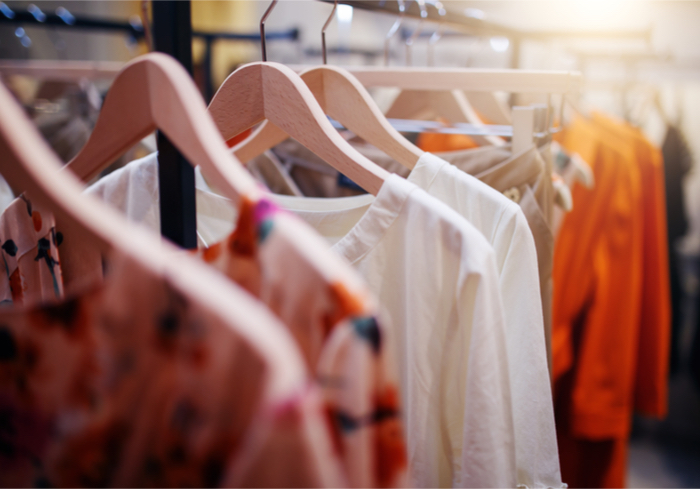
The resale clothing trade is becoming fashionable: One in three women are reporting that they shopped secondhand within the past year, according to research by thredUP. That’s a total of 44 million shoppers in 2017, up from 35 million the previous year.
Secondhand clothing isn’t consigned to the traditional thrift store: Buying and selling on-trend or just everyday clothing has become mainstream.
As a result, “thrift” and “resale” are no longer synonymous with only Savers, Goodwill and the Salvation Army. Resale is now associated with fashionable consignment marketplaces that evolved from brick-and-mortar stores like Michael’s and the Buffalo Exchange.
The Origins of Luxury Secondhand
In 1954, Michael Kosof was on a mission: He wanted to sell luxury goods on consignment. To do this, Kosof locked down a fashionable Madison Avenue address and curated luxury clothing and accessories, which he sold to well-to-do fashion-conscious consumers at a fraction of the retail price.
He wanted to create an exciting collection in his store, which he called Michael’s. This wasn’t anything like a thrift shop of yesteryear by any stretch of the imagination.
“I, Michael, have a real need to keep my shop filled with the most exciting pre-owned clothing in the world,” Kosof said. “I, Michael, need more Chanel, Hermes, Prada, Louis Vuitton and other treasures. My clients value these exquisite things, and so do I.”
But when his clients no longer wanted those items, he enabled them to sell luxury items they no longer used. Clearly, these items weren’t your typical thrift shop fare, and they often included limited editions and custom orders.
Unlike other exchanges, consignment stores — such as the luxury secondhand stores in New York — typically don’t outright purchase items from sellers. They usually pay a seller after the item is sold and split the proceeds. But some stores will set minimum prices, which makes sellers of expensive goods a bit more comfortable with their transactions.
The First Large Secondhand Chain
Years later, Kerstin Block opened a 450-square-foot secondhand clothing store in Arizona in 1974. But this one had a decidedly different focus: It was located near the University of Arizona in Tucson.
Block, too, began to pay people for their items and curated the best. She also took great care in the design of her store, which became known as the Buffalo Exchange. The goal was to make it have the feel of a small clothing shop.
“We made it look like a little boutique,” Block told the Downtown Tucson Partnership. “There have always been people who have wanted to find something cute for cheap, but what we did was present resale in a totally different way.”
The concept was a resounding success. Today, the Buffalo Exchange allows consumers to trade new and secondhand items ranging from the basics to designer goods in several states beyond Arizona, including New York, Washington and North Carolina.
Buffalo Exchange’s business model works similar to the original model established when the shop opened in 1974. It buys clothes for 35 percent of the price at which it plans to sell the item for, but the store encourages sellers to shop by giving them 50 percent of the sale value if they make a trade.
Secondhand Goes Online
While in college, James Reinhart had an interesting thought: He wondered what percentage of his wardrobe he actually wore. He talked with some friends and came up with an estimate that 70 percent of clothing in the closets of consumers goes unworn.
Like many people, there wasn’t an easy way to get rid of those unworn clothes. There were online auction sites, sure, but it was a hassle to move clothing from the closet to its next owner that way. With this need in mind, he founded thredUP in 2009.
“I started this business because I had a closet full of shirts I didn’t wear, and it was inconvenient to try and sell them on eBay, so they just sat in my closet,” Reinhart told CNBC. “There needed to be an easier way.”
That easier way would be his business, thredUP, which digitizes the secondhand store. Customers can request a “clean out” bag free of charge from the company’s website, and a courier service will pick up the package from their doorsteps.
But, in a twist that harkens back to the earlier days of secondhand retail, thredUP announced its plans to open five physical locations. In this venture, the company is hoping to enhance the in-store consumer experience using the data it has collected over the past few years.
Unlike secondhand stores of years past, thredUP has a new technological tool that allows customers to find similar items of clothing to those that may not be available. After all, some items are one of a kind.